Brooklyn Army Terminal
The Brooklyn Army Supply Base (also known as the Brooklyn Military Ocean Terminal) was built in 1917-1918. It one of seven such facilities created to handle increased overseas shipping demand during the first World War when the limitations of the existing commercial facilities quickly became obvious. Bush Terminal owner Irving T. Bush made initial studies for the base based on both his own experience with his facility and a municipal plan from 1906 that had never been realized. Quartermaster General George W. Goethals had overall responsibility for construction.
The base originaly had one open pier and three piers with two-story sheds along about 1,350 feet of bulkhead, two eight-story warehouses parallel to the bulkhead and each other, a boiler house, an administration building, and assorted other smaller structures. The base covered 97 acres and building space totalled around 5 million square feet. The location provided direct access to the LIRR Bay Ridge rail line to the south and the Bush Terminal to the north, interconnected by the Bush Terminal Railroad. The two massive warehouses (measuring 200' x 980' and 306' x 980' respectively) designed by Cass Gilbert included skylight-covered interior courts that allowed cranes to transfer materials between different floors.
The site selection was driven by a number of factors. Primary was the location near both existing rail lines and ship channels that would not require additional dredging. The location also provided adequate land suitable for the foundations of the large warehouses, a consideration that ruled out the undeveloped marshy areas of New Jersey. Although the requirement for floating rail cars from New Jersey would seem to be a disadvantage, the lack of a belt rail line would have ultimately required an even more extensive amount of car floating between New Jersey terminals.
The base was not completed until after the 11/11/1918 Armistice ended the World War, although the base was used for the post-war return of men and equipment from Europe. Between the wars, some of the terminal was leased to private shipping and warehouse firms, with most of the rail freight being handled by the LIRR. With the coming of World War II, the base cranked up to what would be its peak, handling over three million troops and thirty-eight million tons of supplies. Many of the items handled, like Sherman tanks, were unusually heavy and required installation of special cranes.
The base was used to a more limited extent during the Korean and Vietnam conflicts. The Army vacated the in 1975 and turned it over to the city in 1981. After decomissioning by the Army, the facility was used by the Navy, the city and private shipping firms.
More detailed historic and architectural information on the Brooklyn Army Terminal is available online in the Library of Congress' Historic American Buildings Survey
Part of open pier 1 and all of warehouse piers 2 and 3 have been demolished. Pier 4 was rebuilt with automobile parking to support commuter ferry service to Manhattan by NY Water Taxi.
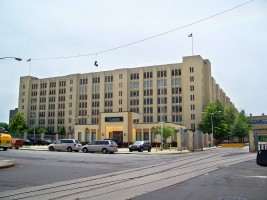
Brooklyn Army Terminal - north side
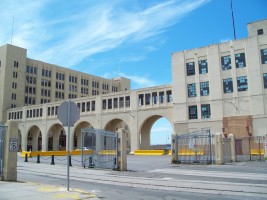
Brooklyn Army Terminal
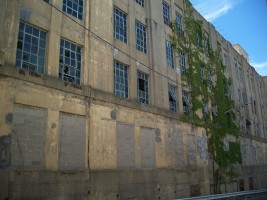
Broken Army Terminal Warehouse windows on 58th Street
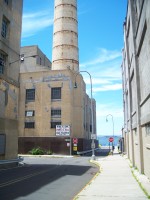
Brooklyn Army Terminal boiler building
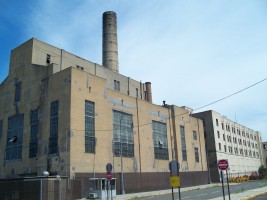
Brooklyn Army Terminal boiler building
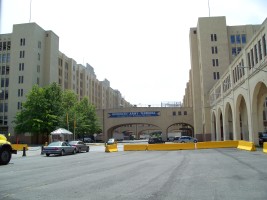
Brooklyn Army Terminal - north gate
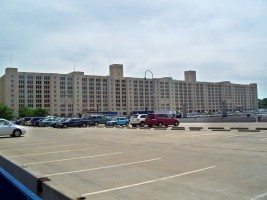
Brooklyn Army Terminal - west side
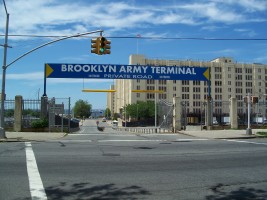
Brooklyn Army Terminal - east entrance
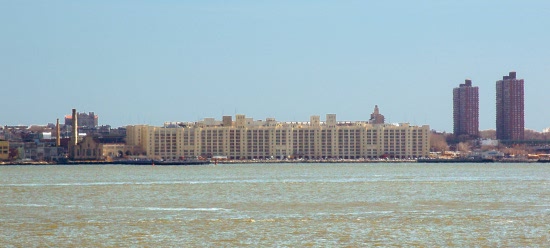
Brooklyn Army Terminal - viewed from the harbor
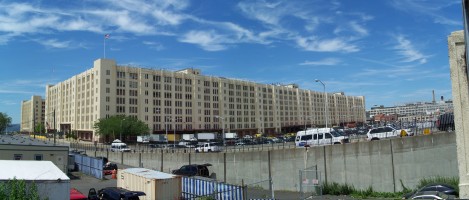
Brooklyn Army Terminal - viewed from the southeast
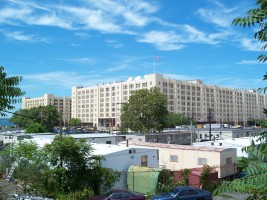
Brooklyn Army Terminal - viewed from the south
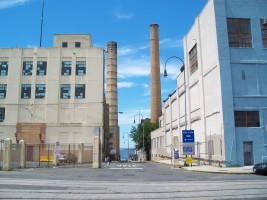
58th Street to Pier 4 Ferry
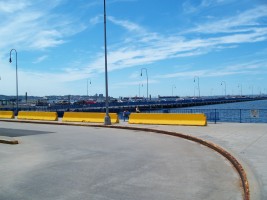
Pier 4
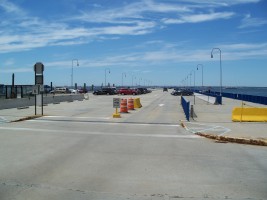
Pier 4 Ferry parking
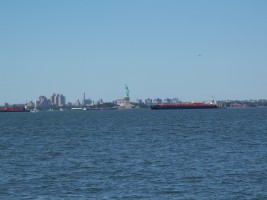
Statue of Liberty viewed from Brooklyn Waterfront on Pier 4
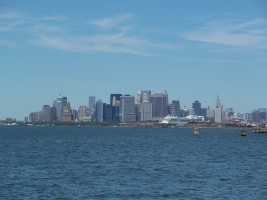
Lower Manhattan viewed from Brooklyn Waterfront on Pier 4

Remnants of bulkhead at 57th Street
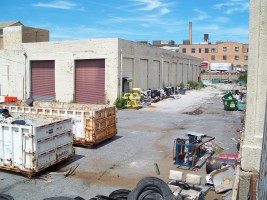
Brooklyn Army Terminal - northeast corner
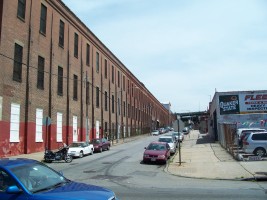
Looking east up 59th Street from 2nd Avenue
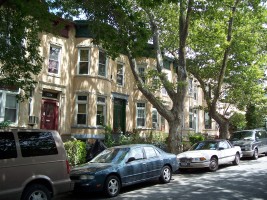
Tree-lined row houses on 61st Street just east of the Brooklyn Army Terminal
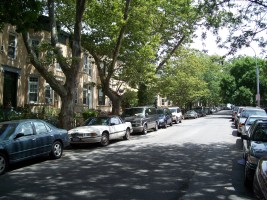
Row houses on 61st Street